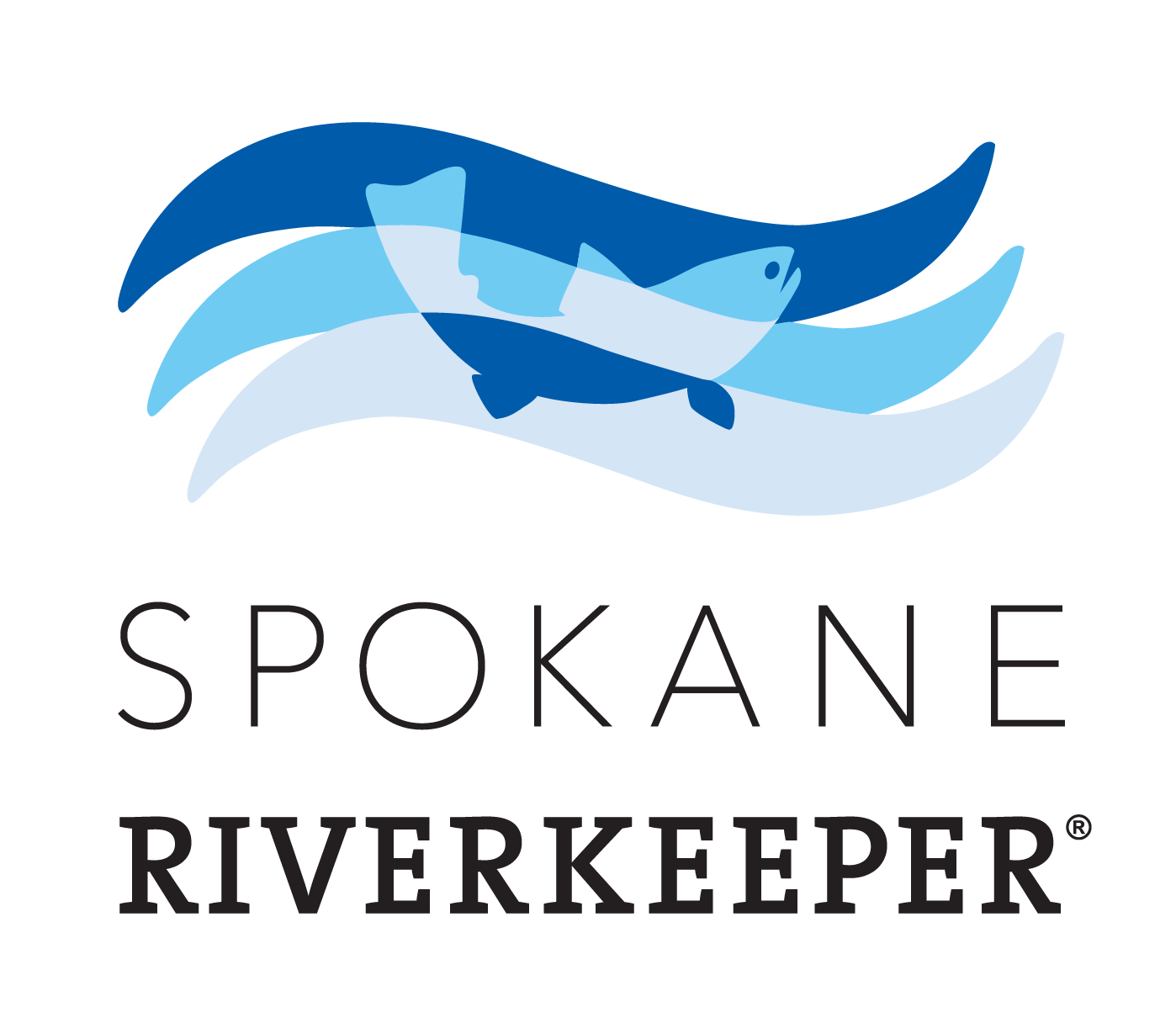The Hangman Creek Action Network engages people to learn about the natural and cultural history of, opportunities to play on, and finally, engagement in protecting and recovering Hangman Creek as interior redband trout habitat.
Latah (Hangman) Creek HISTORY
A fish speared on the Spokane River, possibly on it’s journey up Hangman Creek.
Hangman Creek gets its name from the hanging of Chief Qualchan and other members of the Palouse Tribe along its shores. Also known as Latah Creek (Nez Perce for fish), we choose to recognize the name Hangman in accordance with the wishes of local tribes. The Mouth of Hangman Creek was the ancestral homeland of the Spokane Tribe of Indians, while the upper watershed was in the territory of the Coeur d’Alene Tribe. Salmon once swam up Hangman Creek by the thousands and the Spokane People had a massive salmon fishery at the confluence with the Spokane River. Fifty five miles up into the watershed from the Creek’s confluence with the Spokane River, the Coeur d’Alene Tribe occupied fishing villages in the area of Tekoa (Page 43). Although dams downstream block salmon returns on the Creek, redband trout still occupy portions of the Hangman Creek watershed, despite the challenges they face in the basin. One day, as a result of efforts on the part of the upper Columbia Plateau Tribes, salmon and steelhead may return to the waters of Hangman Creek.
Read more about the name and fish in Jack Nisbet’s article in North Columbia Monthly.
Read more about fish in Hangman Creek in The Spokane River, edited by Paul Lindholdt.
PLAY
Join the Spokane Riverkeeper on our April 2017 float down Hangman Creek! Video by Reg Lake
Hikers can stroll along Hangman Creek in High Bridge Park and People’s Park in Spokane, with a wonderful beach at the confluence of the Spokane River, or hike above Hangman Creek on the South Hill Bluff trails.
Upstream creek access is limited due to lack of public property, although many boaters will put in and take out under bridges.
Hangman Creek is becoming increasing popular with boaters, especially those wanting to canoe a seldom paddled stretch of water. For those more adventurous and with excellent boating skills, consider floating Hangman Creek during spring runoff, but read up on it first.
PROTECT
Hangman Creek has some of the worst water quality in Washington State. Decades of poor land management on highly erodible soils caused high temperatures, tons of sediment, huge nutrient loads, and low dissolved oxygen in Hangman Creek. As a result, the mainstem of Hangman Creek no longer contains native redband trout or habitat that would support the return of salmon.
Large scale changes in land use, such as direct seed technology, support both soil health and water quality. The addition of riparian buffers and returning the Creek to it’s native course and floodplain are essential to restore the proper function of Hangman Creek.
The Spokane Riverkeeper’s innovative lawsuit against the EPA regarding the cleanup of Hangman Creek focuses work on monitoring and restoring the watershed. Our outreach efforts focus on connecting people with the creek, through canoe trips (sign up for information about next spring’s trip) and fish walks (photo below). Our science focuses on the high temperatures and sediment loads in the creek. We hope to expand our outreach program to local farmers in the basin, supporting the innovative work of producers who protect soil and water quality.
If you’d like to help, sign up for the Hangman Creek action network (below) or report pollution when you see it.
The Spokane Riverkeeper, Jerry White Jr., leads a “fish walk” along Hangman Creek.
Dramatic cliffs of sediment show the erosion in Hangman Creek.





